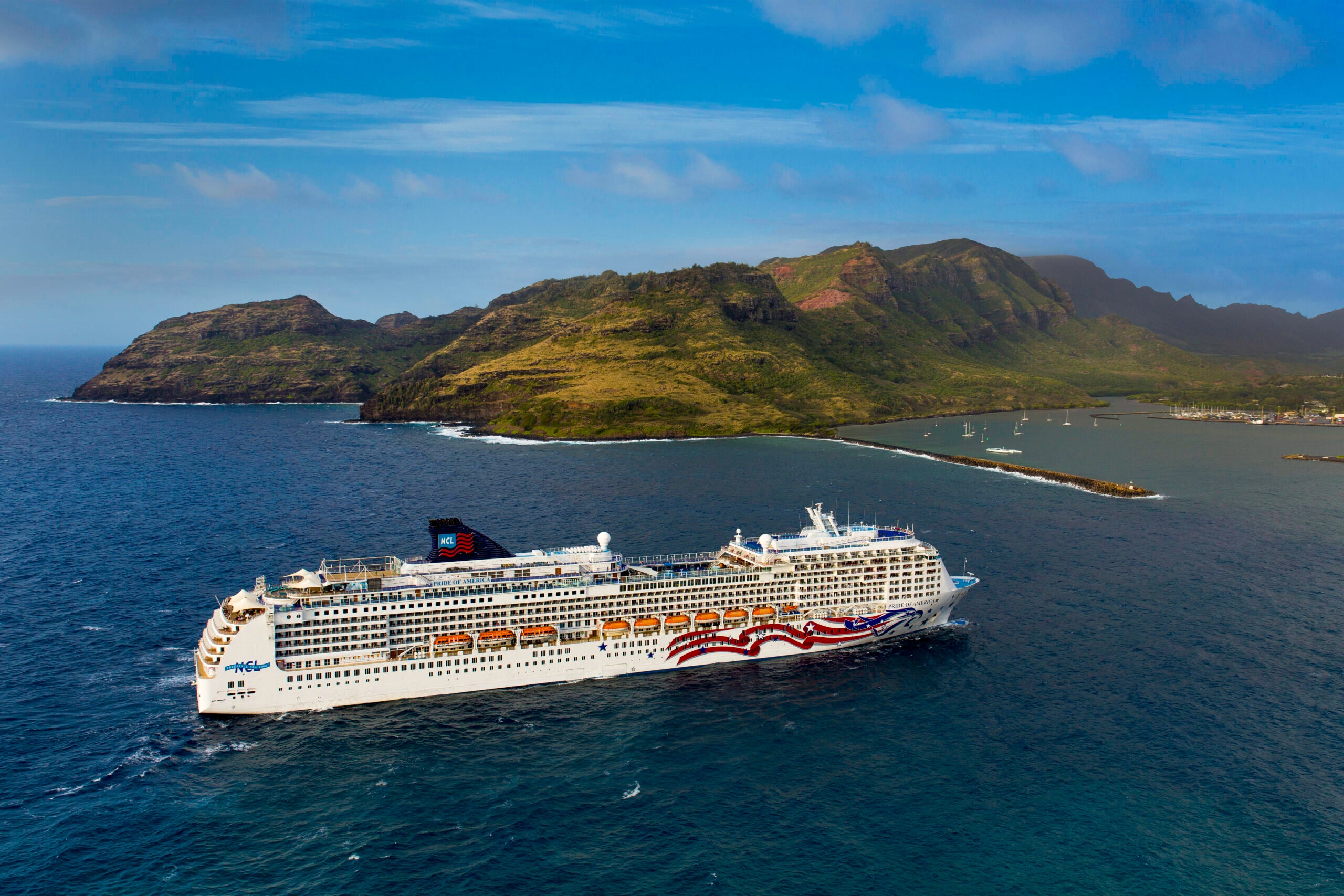A Hawaii cruise solves one of the major hassles of island-hopping in the 50th state: Packing and unpacking as you take multiple interisland flights in a bid to experience Oahu, Maui, Kauai and the Island of Hawaii (aka the Big Island) in a single vacation. Most Hawaii cruise itineraries visit all four of the main islands and offer full days — and, in some cases, overnights — in port, so there’s ample time for sightseeing and learning about Hawaiian culture.
On the other hand, compared with a weeklong, land-based visit to just one or two islands, you might find yourself hard-pressed to fit in everything you want to do in each port of call. You need to make sure your cruise ship and itinerary help you reach your vacation goals — not hinder them.
Here are our top 10 Hawaii cruise tips to help you make the most of your sailing and your time in the islands.
For more cruise news, reviews and tips, sign up for TPG’s cruise newsletter.
Choose your cruise based on your love (or loathing) for sea days
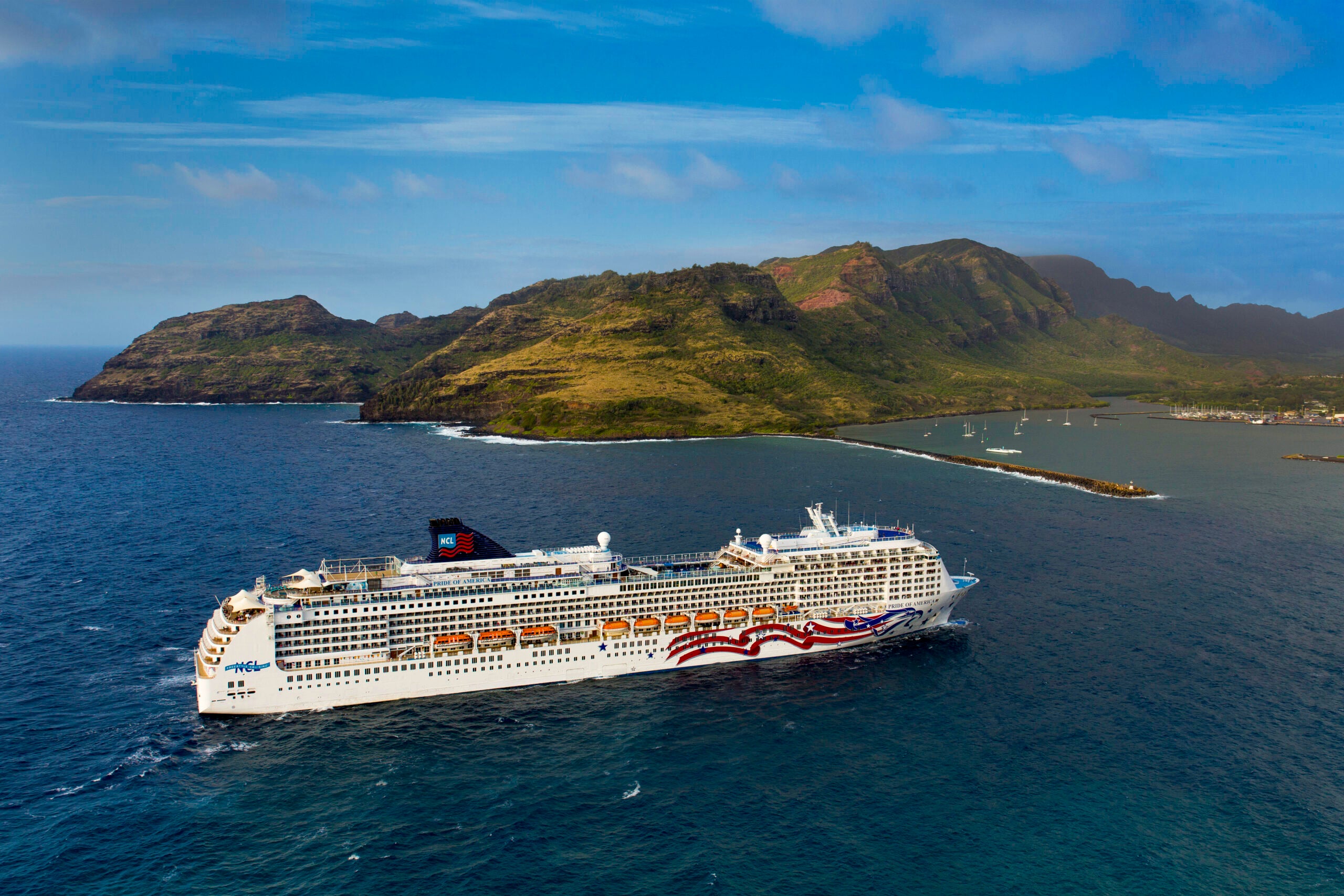
There are several ways to cruise the Hawaiian Islands. The itinerary you choose depends on factors such as your vacation time, whether you want to fly to Honolulu, your openness to spending up to 10 days at sea and the time of year you want to sail.
If you love the actual “cruising” part of cruising, many of the major lines offer round-trip sailings from West Coast ports on itineraries lasting two weeks or more. This means you’ll spend extensive time on board your ship as you cross the Pacific Ocean, but only four or five days in port in the Hawaiian Islands. Lines such as Princess Cruises, Royal Caribbean, Carnival Cruise Line, Holland America and Viking offer 14- to 18-night round-trip sailings to Hawaii, usually in the winter months.
If you’d rather spend the majority of your cruise visiting the islands and sightseeing, a seven-night itinerary that sails round-trip from Honolulu or between multiple islands is also an option. The most popular all-Hawaii cruise option is Norwegian Cruise Line’s Pride of America, which sails round-trip from Honolulu year-round, departing and returning every Saturday.
On a much smaller scale, UnCruise Adventures offers interisland sailings on the 36-guest Safari Explorer from November through April. The focus is on exploring the natural wonders of Hawaii via active, small-group land and water excursions, and itineraries include lesser-cruised islands such as Lanai and Molokai.
Avoid the holidays and summer months for fewer crowds
The busiest times to cruise the Hawaiian Islands are the last two weeks of December through March, plus July and August. Expect larger crowds and higher cruise fares and hotel rates if you travel during these periods.
Instead, choose a shoulder season sailing. May and November are excellent months to cruise the islands. The weather is ideal in May, and the summer vacation rush hasn’t begun. November is also a month with fewer crowds and generally favorable weather. If you visit early enough in May or late enough in November (into early December), you might even catch sight of the humpback whales that winter here, especially in the waters around Maui.
Related: Best time to cruise Hawaii
Book a pre- or post-cruise hotel stay if embarking in Honolulu
If your cruise embarks and/or disembarks in Honolulu, you won’t actually have much time to enjoy Oahu’s sights and attractions unless you arrive a day or two early or add a night or two post-cruise. Extending your Hawaii vacation with a hotel stay can add to your relaxation and help you adjust to the time change. It can also allow you to fully enjoy much of what Hawaii’s most populous island has to offer, from Waikiki Beach and Diamond Head to Pearl Harbor and the scenic North Shore.
If you’re truly strapped for vacation time, a round-trip Honolulu itinerary can efficiently deliver a four-island experience and let you see a bit of Oahu with a disembarkation-day excursion that combines a Pearl Harbor or North Shore tour with an airport drop-off.
Plan your sightseeing in advance
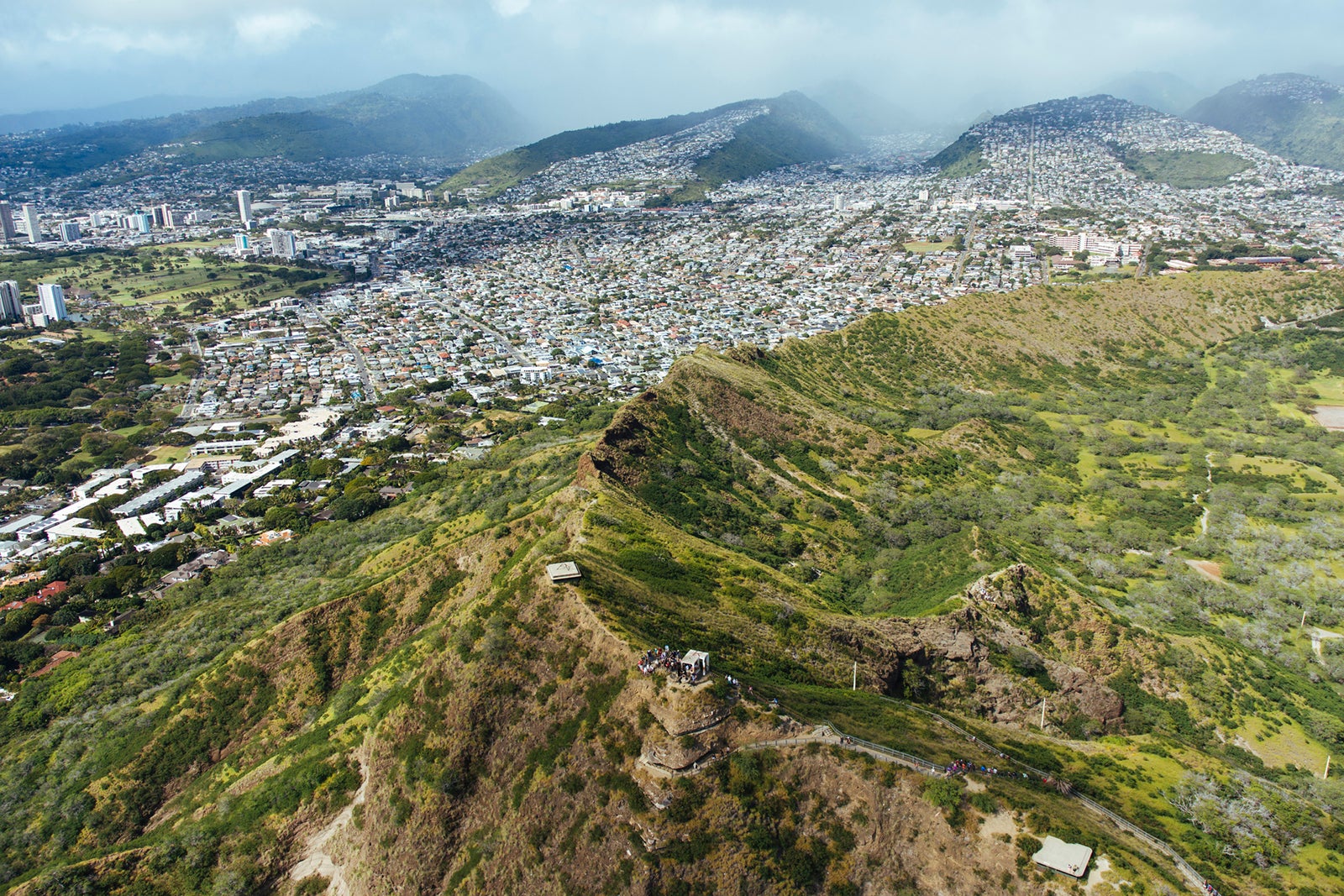
Unlike some ports in the Caribbean and Mediterranean, Hawaii isn’t a destination where it’s easy to just walk off the ship and explore on foot. The ports in Honolulu, Kahului (Maui), Nawiliwili (Kauai) and Hilo (island of Hawaii) aren’t near top sights. Additionally, Kona, also on Hawaii, is a tender port where ships anchor offshore and ferry passengers in tender boats to a dock, although some shops and restaurants are within walking distance.
The solution? Once you’ve booked your Hawaii cruise, do some research and decide what you want to see and the best way to see it. Your strategy can include a combination of shore excursions booked via the ship or arranged independently and exploration in a rental car.
For example, if your cruise overnights on Maui, you might want to explore the island on your own in a rental car the first day, visiting a beach, a resort area or Upcountry and the summit of Haleakala, and then book a snorkel trip or a ship’s shore excursion along the Road to Hana for the second day when you’ll need to be back on board in time for sail away.
Kauai is easily explored on your own via car, whether you’re heading into the Waimea Canyon to hike or seeking out the perfect beach. Hawaii Volcanoes National Park is just 45 minutes from Hilo on the Island of Hawaii, meaning you can drive there yourself and visit more areas, including Chain of Craters Road, than on standard cruise ship shore excursions.
Related: Avoid these mistakes when booking cruise shore excursions
Choose a convenient rental car pickup location
Renting a car can be quite cost-effective since the daily rate is often much less than the cost of two excursions and offers major savings for a family of four. Mixing your sightseeing with independent exploration can also alleviate “tour bus burnout.”
With a little pretravel research, you can pinpoint the nearest rental car location to the port. Some rental car companies used to provide shuttles from certain locations to the port, but that is no longer the case.
For example, there’s an Enterprise location that’s an easy 10-minute walk from the cruise terminal in Kahului, Maui. The only downside is that it’s only open Monday through Friday from 8 a.m. to 5 p.m. So, if you’re renting on a day when you’re overnighting in port, and you want to keep the car to head to dinner or a luau, arrange to return it to the nearby Kahului Airport (OGG) location, where customers can return vehicles after hours; then take an Uber or taxi back to the ship.
Multiple national rental car agencies are at Lihue Airport (LIH) on Kauai, which is a five-minute drive (by taxi or Uber) from the port at Nawiliwili Harbor. The cruise port in Hilo on the Island of Hawaii is about an eight-minute drive from Hilo International Airport (IHO), home to Avis, Enterprise, Thrifty, National and other agencies. Both Thrifty and Hertz have locations within walking distance of the tender pier in Kona.
Pack for both sun and rain
The Hawaiian Islands get lots of sunshine — 270 days on average annually — but rainfall is also frequently in the forecast. This is especially true from December through March and most notably on the windward sides of each island, which are the most scenic areas known for their lush landscapes and cascading waterfalls.
This variability is important to remember when packing for your Hawaii cruise. Alongside those multiple bathing suits, cover-ups and sun hats, stash a lightweight rain jacket and a travel umbrella. A rain jacket will also serve as a protective layer should you venture to the summit of Haleakala, where winds can be fierce, and the elevation often drops temperatures into the 50s and 60s.
Related: Hawaii cruise packing list: What to pack for a tropical sailing
Don’t forget to taste local specialties
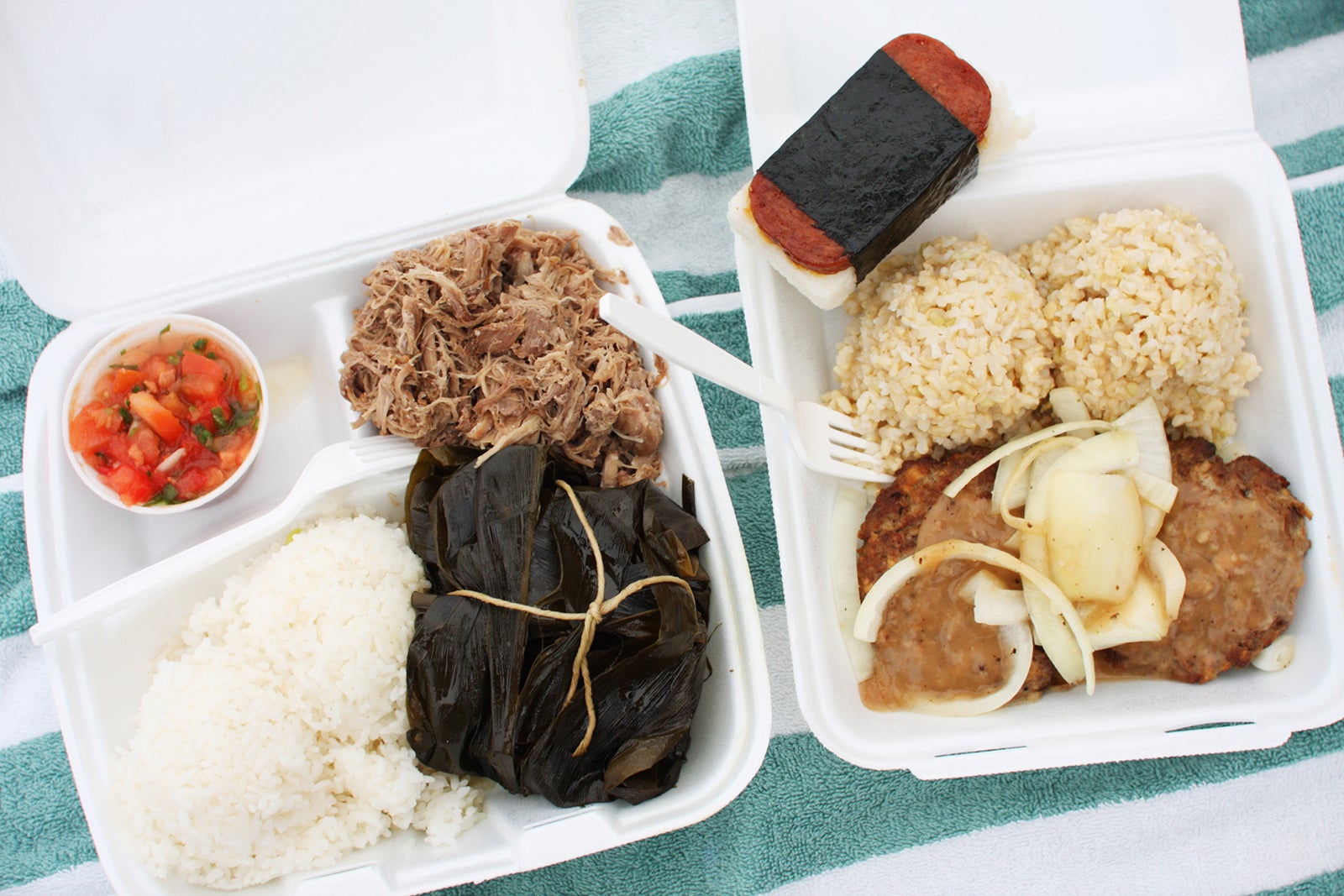
Many cruise passengers fall into the trap of rushing back to their ship for lunch and dinner — why pay extra to dine in port, right? However, if you always eat on board, you’ll miss out on Hawaii’s unique culinary experiences — and most of them are quite affordable.
If you like sushi or ceviche, be sure to try poke, which is raw fish (most often ahi tuna) marinated with soy sauce, sesame oil and green onions and typically served in a bowl. Another popular midday option is the traditional Hawaiian plate lunch (or mixed plate), which consists of favorite Hawaiian foods such as loco moco (a hamburger patty topped with brown gravy and a fried egg), kalua pork (slow-cooked pork shoulder), lomi lomi salmon or even grilled Spam, served with scoops of white rice and macaroni salad.
If you explore the North Shore of Oahu, a tasty lunchtime indulgence is locally farmed garlic shrimp served up by assorted “shrimp trucks” parked along the Kamehameha Highway.
For an afternoon cool-down, have a shave ice, which, as its name implies, is a cone or cup of shaved ice drenched in sweet fruit syrup. Or enjoy a few slices of ripe, freshly cut Hawaiian pineapple or other tropical fruit such as mango, lychee or sweet apple bananas. Other flavor-packed snacks not to miss are macadamia nuts and taro chips. Indulge in fat-laden carbs by trying malasadas and tasty Portuguese fried donuts.
Serious foodies should make time to sample the islands’ signature Hawaii Regional Cuisine. Developed over the past three decades by a dozen top Hawaiian chefs like Roy Yamaguchi (Roy’s), Peter Merriman (Merriman’s) and Beverly Gannon (Haliimaile General Store), the movement focuses on local and sustainable ingredients that emphasize Hawaii’s melting-pot culture and fusion of Polynesian, Asian and Portuguese flavors. If your ship overnights in Oahu or Maui, reserve a table in advance for dinner. Haliimaile General Store on Maui is also open for lunch.
Seek out reef-safe sunscreen
Hawaii has been at the forefront of passing legislation to protect vulnerable coral reefs from bleaching and erosion caused by certain ingredients in sunscreen products. In early 2021, the state banned the sale of sunscreens containing the chemicals oxybenzone and octinoxate, so look for the words “reef safe” on any sunscreen you purchase for use in Hawaii.
Using sunscreen in the islands is key if you want to prevent severe sunburn, which can happen quickly, especially in the middle part of the day. Hawaii’s location (about 1,300 miles from the equator) means the sun’s rays are more intense than they are in much of the mainland U.S. You’ll also likely spend most of your time outdoors, so as added protection, pack an SPF-rated swim shirt or rash guard to wear while enjoying water-based activities.
Prepare to hit the beach
All beaches in Hawaii are, by law, open to the public. That doesn’t mean, however, that you can just head to a resort, select a lounger and act like you’re a guest. Instead, there are public access points for popular resort beaches, such as Wailea and Kaanapali on Maui, Waikiki on Oahu, and Poipu on Kauai. You’ll be able to stake a spot on the sand, generally to either side of a resort’s beach chairs — so bring along beach towels and/or pareos, as well as water and snacks.
Don’t overlook Hawaiian history and culture
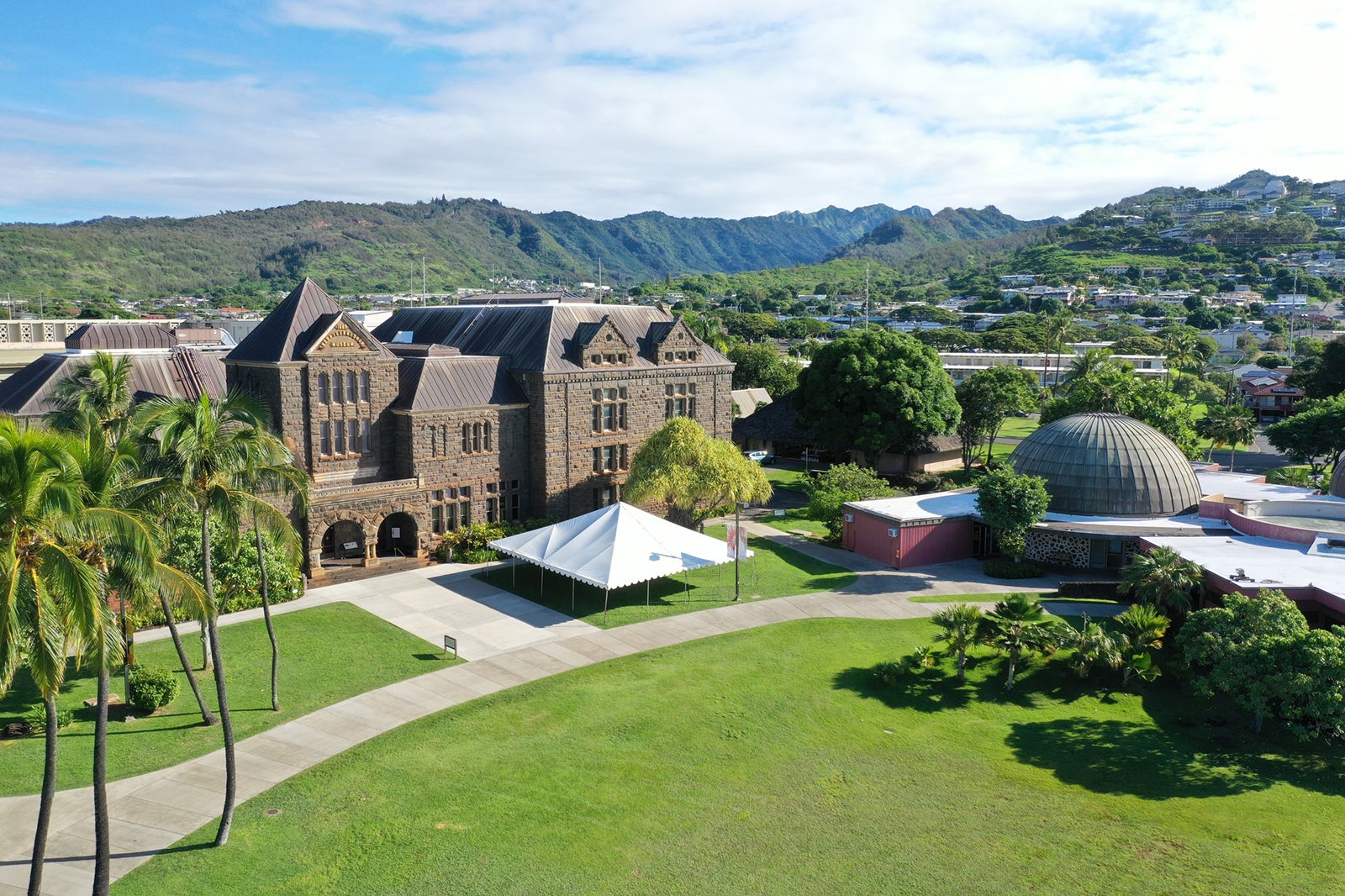
You might be tempted to spend your time in port enjoying Hawaii’s natural beauty and its myriad water-based activities. However, be sure to take off your mask and snorkel from time to time and get to know the islands’ unique history, language and culture.
Opportunities to learn abound — and it’s fun to be able to use a few key Hawaiian phrases while on the islands. In addition to aloha, which means hello and is used as a greeting, words you’ll likely hear are mahalo (thank you), hale (house), kamaaina (local person), ohana (family), honu (turtle) and pupu (appetizer). But the most fun word to learn to pronounce is the 21-letter name of the Hawaiian state fish: humuhumunukunukuapuaa.
Cultural sites also give context to the Hawaiian way of life. When in Honolulu, you can delve deeper into the islands’ natural history at the Bishop Museum or head to Iolani Palace to see how Hawaiian royalty lived in the late 19th century before the U.S. annexed the islands. The Royal Hawaiian Center in the heart of Waikiki also offers free cultural programming that includes hula and ukulele lessons.
On Maui, you can step back in time with a visit to the artsy Upcountry town of Makawao in what’s known as paniolo (cowboy) country. On the island of Hawaii, you can visit the Puuhonua National Historical Park, also known as the Place of Refuge, an ancient spiritual sanctuary for defeated warriors who would be protected from death there.
Planning a cruise? Start with these stories:
- The 5 most desirable cabin locations on any cruise ship
- A beginners guide to picking a cruise line
- The 8 worst cabin locations on any cruise ship
- The ultimate guide to what to pack for a cruise
- A quick guide to the most popular cruise lines
- 21 tips and tricks that will make your cruise go smoothly
- Top ways cruisers waste money
- The ultimate guide to choosing a cruise ship cabin

